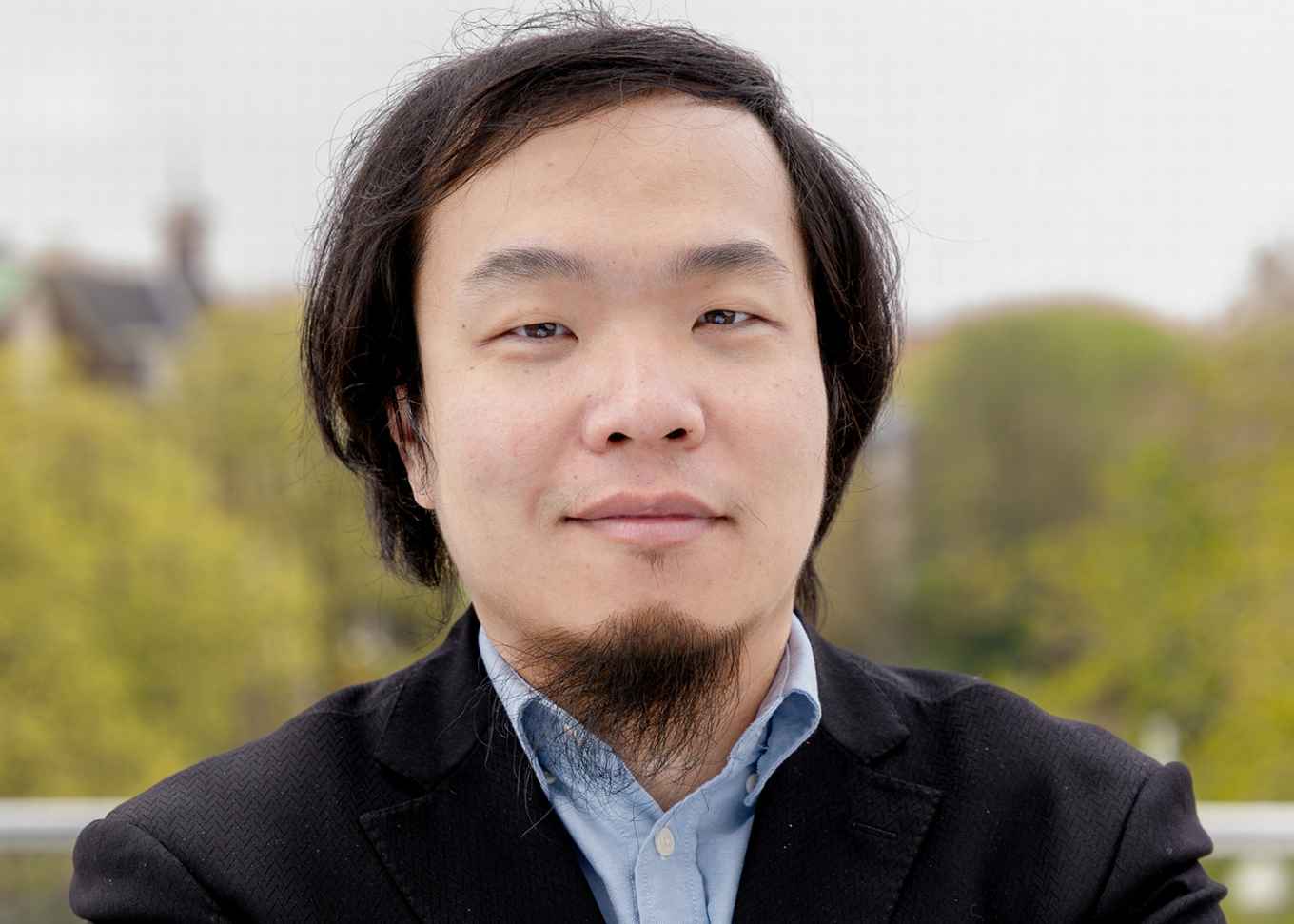Embracing the next wave of HR transformation: Pioneering generative AI
Amsterdam, June 25, 2024

Introduction
Welcome to the cutting edge of human resources innovation, where Generative AI (hereafter referred to as Gen-AI) is not just a tool, but a transformative force reshaping the very fabric of HR practices. We seem to be standing at the precipice of a new era where AI transcends traditional boundaries, offering unprecedented capabilities in content generation and potentially influence decision-making and information sharing. Gen-AI comes with the full potential to redefine efficiency, creativity, and strategic insight within HR functions. However, as we integrate Gen-AI into our daily operations, we also encounter new challenges, such as potential biases that could reshape workforce dynamics and affect organisational diversity, equity, and inclusion efforts. This blog is your guide to understanding these dynamics and mastering Gen-AI's potential to enhance HR practices. We will explore crucial questions such as: How can Gen-AI revolutionise different HR areas? What are the inherent risks of biases in Gen-AI systems? And most importantly, how can we design AI tools that are both innovative and aligned with our core human values? Dive deep with us into the heart of modern HR innovation.
The applications of gen-AI in HRM
Gen-AI applications in HRM can be classified into three types based on their data interaction and content generation capabilities:
HR Assistant: Automates the creation of HR content, such as job descriptions and training materials, purely based on the existing foundational models underlying the Gen-AI system, without user input. This streamlines administrative tasks, improving accuracy and compliance with legal and organisational standards. By automating routine tasks, HR Assistants allow HR professionals to focus on strategic activities, enhancing overall productivity. For example, an HR Assistant can quickly generate a job description for a new role, ensuring it meets all legal requirements and company policies, freeing up HR staff to focus on candidate engagement and interviewing.
HR Agent: Manages and analyses HR data using user-supplied documents and predefined rules. These applications maintain accessible HR policies, process employee inquiries, and ensure consistent data-driven HR processes. By automating these processes, HR Agents reduce HR staff workload and improve response times and accuracy in employee-related queries. For instance, an HR Agent can handle routine questions about benefits or company policies, providing instant, accurate responses to employees, which enhances their experience and satisfaction.
HR Ally: The most sophisticated use of Gen-AI, combining content generation with analysis of user-supplied data. HR Allies assist in strategic decision-making, offering insights into complex datasets and supporting advanced HR tasks like performance evaluations, workforce planning, and succession planning. They provide data-driven insights crucial for informed decision-making. For example, an HR Ally can analyse employee performance data to identify high-potential candidates for leadership development programs, ensuring the company nurtures its future leaders effectively.
Potential biases in gen-AI applications
We argue that the consideration of potential biases within Gen-AI depends on the types of applications and more specifically on whether the foundational models underlying the Gen-AI systems or the user-supplied data are used in these applications.
When using embedded foundational models (HR Assistant and HR Ally): These applications might propagate social biases present in the AI models' training data. For instance, language biases in AI-generated job descriptions can deter diverse candidates or promote certain demographics, influencing the diversity of the applicant pool and potentially leading to a less inclusive workforce.
When using user-supplied organisational data (HR Agent and HR Ally): These applications might reflect and amplify biases present in organisational data. For example, if historical hiring data used by an HR Agent includes biases such as a preference for specific demographics, these biases could be perpetuated in new hiring processes. HR Allies might compound these issues by integrating biased models with biased data, further skewing decision-making in areas like recruitment and promotions.
A comprehensive approach to mitigating biases in gen-AI applications
Data de-biasing: Ensure that datasets used to train foundational models, as well as the organizational data, are inclusive and representative of all groups. This involves auditing existing datasets for biases, revising data collection methods for broader representation, and continuously updating datasets to adapt to societal norms and organisational needs.
Algorithmic adjustments: Refine algorithms used for decision-making (especially for HR Agent and HR Ally) to counteract potential biases. This may involve redesigning Gen-AI decision-making frameworks to balance fairness and performance and maintain neutrality.
Performance monitoring: Regular audits are essential for assessing the outcomes and decisions from Gen-AI systems and ensuring they align with ethical standards. This process is separate from the previous steps of correcting datasets and algorithms. Concretely, this independent review process continuously evaluates the outcomes as well as the consequences resulting from the Gen-AI systems, making necessary adjustments to maintain fairness and avoid biases.
Human-in-the-loop: When designing the bias-mitigation process, integrate human judgment and expertise in correcting datasets, (re-)designing algorithms, and monitoring performance indicators. This ensures that decisions, especially in high-stakes scenarios, align with personal and organisational values.
Conclusion
While Gen-AI offers transformative potential for HRM, it also introduces risks that need careful management. We argue for a systematic and customised approach that, based on the purpose of the applications, mitigates biases through different components of the Gen-AI systems, from data used for foundational models, organizational data, to the algorithms and separate audits of downstream outcomes.
About the author
Shuai Yuan is an Assistant Professor at the Amsterdam Business School, University of Amsterdam. His research focuses on the advanced, data-science employed methods and techniques for HR research and practices, as well as understanding how GenAI applications influence employees and the future of work in the workplace. Reach out with comments and questions to s.yuan@uva.nl.